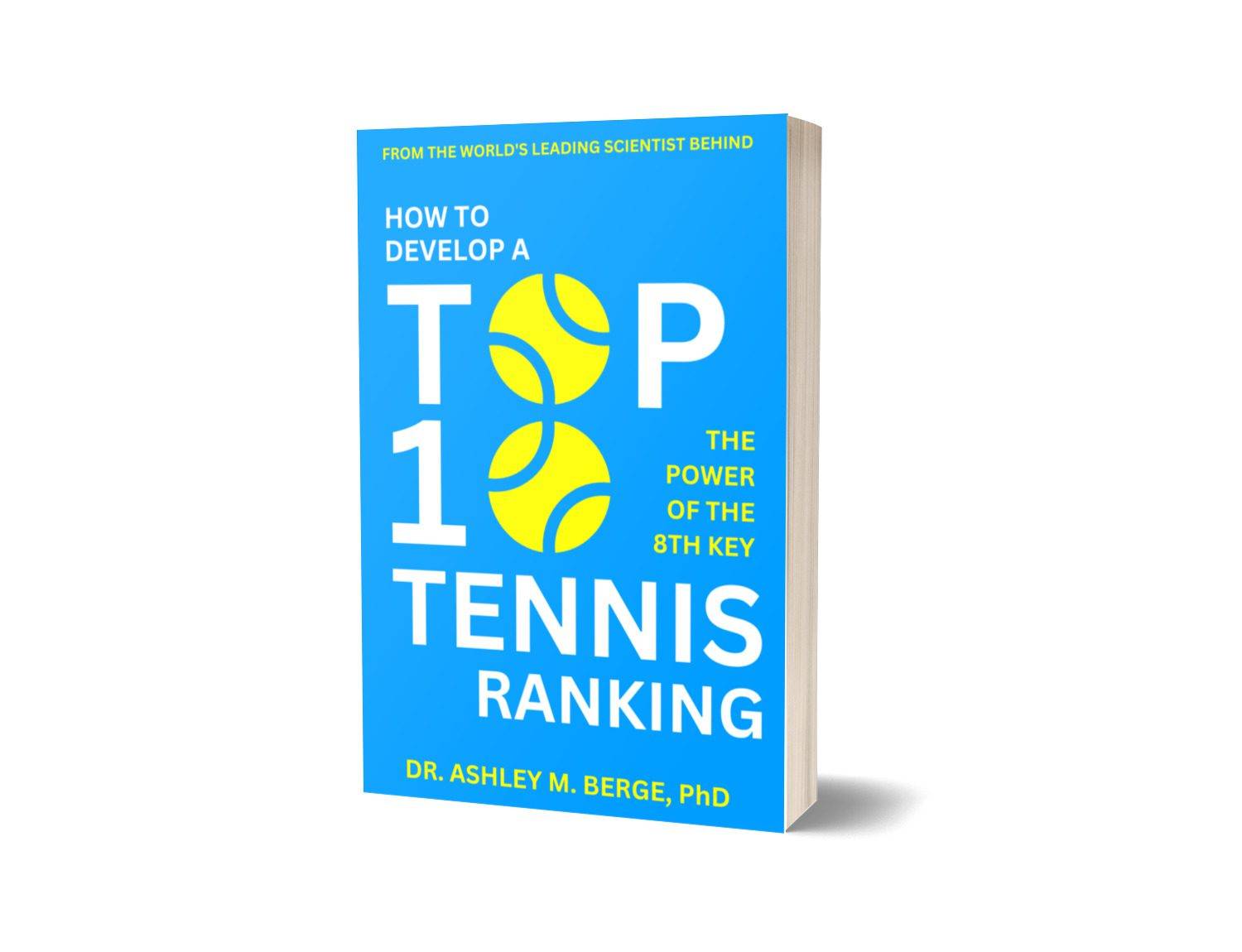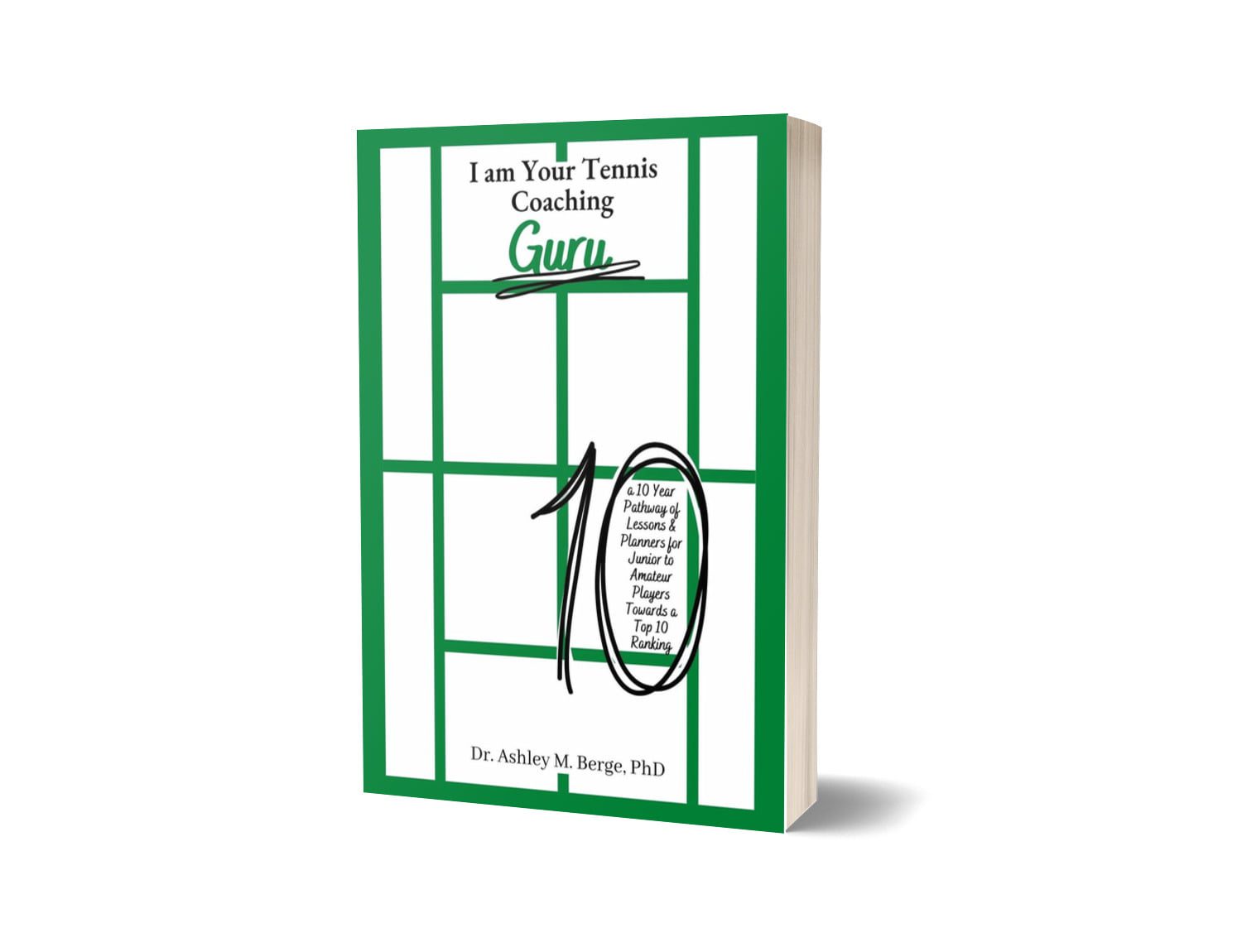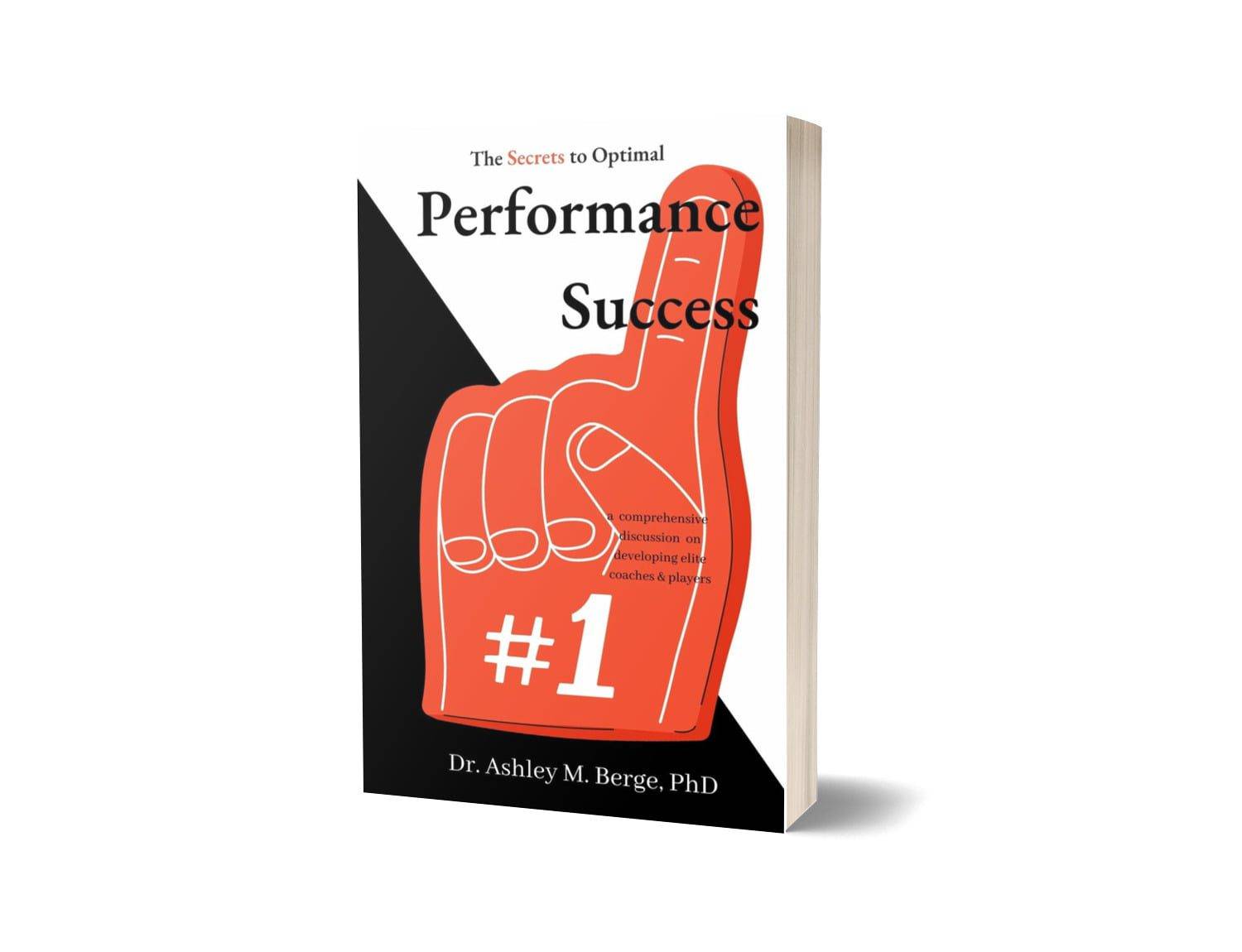It’s Day 9 of the Australian Open and it’s another opportunity to build on our more technical analyses and Hurkacz verses Cazaux is one that delivers some exciting insights on not simply the 7 Keys but how the 8th Key packs a punch. Having solidified his place inside the Top 10 over more recent seasons, despite Hurkacz’s fluctuations inside and/or slightly outside the Top 10 this goes to show how a percentage (2%) of the Top 10 are susceptible to regressing each season of which Hurkacz has become susceptible on more than one occasion. Yet Hurkacz’s continued presence inside the Top 10 signals a conscious awareness and firm integration of the 7 Keys but due to his susceptibility it also flags the player as one not yet to embrace and integrate the 8th Key consistently.
And this is what separates the top 8% and the more vulnerable 2% inside the Top 10 to those who are capable of maintaining their hold inside this ranking range for more than two seasons in contrast to those who either fluctuate or regress on one or more occasion. Despite Hurkacz fluctuating inside and/or briefly outside the Top 10, he has notably been progressing more over the past season which is a promising sign for this Round of 16 result at the Australian Open…
Whilst the player has predominantly been steadfast throughout the past season to secure his place inside this key ranking range, there is still a level of fluctuation of the 8th Key that continues to hold this player back from claiming his maiden Grand Slam Championship. By all accounts, Hurkacz has the tools to progress him deeper inside the top 8%, however, his patterns of play that coincide with the 7 Keys remain slightly inconsistent when considering those to the likes of Djokovic at the helm of the game.
Now this is where it may be viewed slightly controversial but of course Djokovic can more than readily be defeated. The question is how? And not only is this delivered in the new release “How to Develop a Top 10 Tennis Ranking” but is encapsulated inside all 8 Keys collectively. For Hurkacz to reach this level of play it comes down to an increased level of consistency and application of these key technical inferences that not only are directly correlated with a Top 10 tennis ranking but remain the key differential between players who reach a Round of 16 to Quarterfinal and those who remain on the very last day to face off for the Grand Slam title.
The primary takeaway here for Hurkacz is in the elusive 8th Key that is yet to be firmly cemented into his game alongside a higher rate of application of some of the 7 Keys. That said, by all means the 7 Keys are embedded in the players game but when it comes to the top 8% of players in the world it comes down to micro percentages and Hurkacz’s level of consistency is slightly behind those who are claiming their maiden Grand Slam and/or are going on to achieve replicated success. For Hurkacz to maintain his hold inside the Top 10 and void being susceptible as part of the 2% that are replaced each and every season, his current rate of application and level of integration of the 7 Keys needs to be enhanced whilst the 8th Key needs to become solidified in his game if his sights are set on claiming his maiden Grand Slam Championship. It is incredibly important to note that the Australian Open isn’t out of the question for Hurkacz, but in order for Hurkacz to go all the way the 8 Keys need to be brought front and centre with a greater application and with an increased presence throughout his game.
This is an important reminder that Top 10 players are privy to the 7 Keys whilst those who are consistent in their level of success and are placed on the radar with Round of 16 results throughout the season at the Grand Slam level, have an increasingly high application then those who do not. And this is what places Hurkacz with an advantage given that he is once again inside the Top 10 and has the corresponding metrics that can shift his game closer towards that maiden Championship as shared in “How to Develop a Top 10 Tennis Ranking”. But there are also distinctive markers for players who are not ranked inside this Top 10 ranking range and how they can progress closer towards a Top 10 tennis ranking.
Which brings us to Cazaux. Now this is a player who has not been on the radar due to his current ranking range being outside the Top 100 and this Australian Open being his most successful with a Round of 16 debut. Most excitingly perhaps is that when reviewing Cazaux’s key metrics this is not as surprising as it seems. Not only does Cazaux already have a number of the 7 Keys integrated in his game, which become apparent through his patterns of play, his current rate of application places him firmly with the prospects to ascend inside the Top 50 this season.
And even better, if Cazaux maintains his current rate of progress in sync with his current patterns of play, meanwhile the 7 Keys becomes even more solidified in his game, this player has encouraging angles of influence (refer to the “What is Your Game Missing Series”) that are supported by our data analytics that may very well placed him inside the Top 30 by the end of the season if this performance marks just the beginning.
To the contrary, if Cazaux’s season fluctuates from this impressive progression coupled with regressive performances, providing the player becomes more familiar with and accustomed to implementing the 7 Keys his prospects remain firm to ascend towards this ranking range inside the next two seasons. If anything, Cazaux is one to watch closely especially if his uptake of the 7 Keys and ultimately the 8th Key becomes an evident reality. Cazaux is a prime example of “How to Develop a Top 10 Tennis Ranking” whilst being supported by The Long Game for players outside, or close thereof, the Top 100 with ambitions set on progressing steadily towards the pinnacle of tennis performance and to reap the rewards with Grand Slam success.
For a player as close to the beginning of their second decade of play to toe the line against a Top 10 tennis player — as Cazaux is currently doing (& did) against Hurkacz, marks an important milestone for the player’s career and where to from here. Interesting, Cazaux is not the only player this Australian Open to achieve such breakthroughs. Our growing number of Blogs — over 70, and our Podcast Episodes — also hitting 70, have previously discussed in more why the Australian Open often presents the opportune time for a player who has become privy to some of the 7 Keys to begin to make their mark. Not only do these players further progress as they become aware of more of the 7 Keys and work to cement them into the game, but as the the elusive 8th Key becomes known, this is where the danger really happens and these players can really pack a punch.
As such, “How to Develop a Top 10 Tennis Ranking” is what underscores these stellar runs and helps these players to maintain their Australian Open breakthrough results and to build on them throughout the remainder of the 2024 season.
To learn more about our data, predictive analytics and how to optimise your own performance, head on over to AM8 International. To learn more about AM8 International check out our selection of Books and/or options to join Dr B’s Pack to gain exclusive access to the best in the world. Not quite ready? Head on over to Beyond Top 10 Tennis for free access to 100+ episodes directly from Dr Berge of what it really takes to win multiple Grand Slams to securing that Top 10 tennis ranking with new episodes each week. More? Catch up on our Tips over on TikTok, Twitter, Threads or Instagram for quick snippets to apply in your game, today.



















